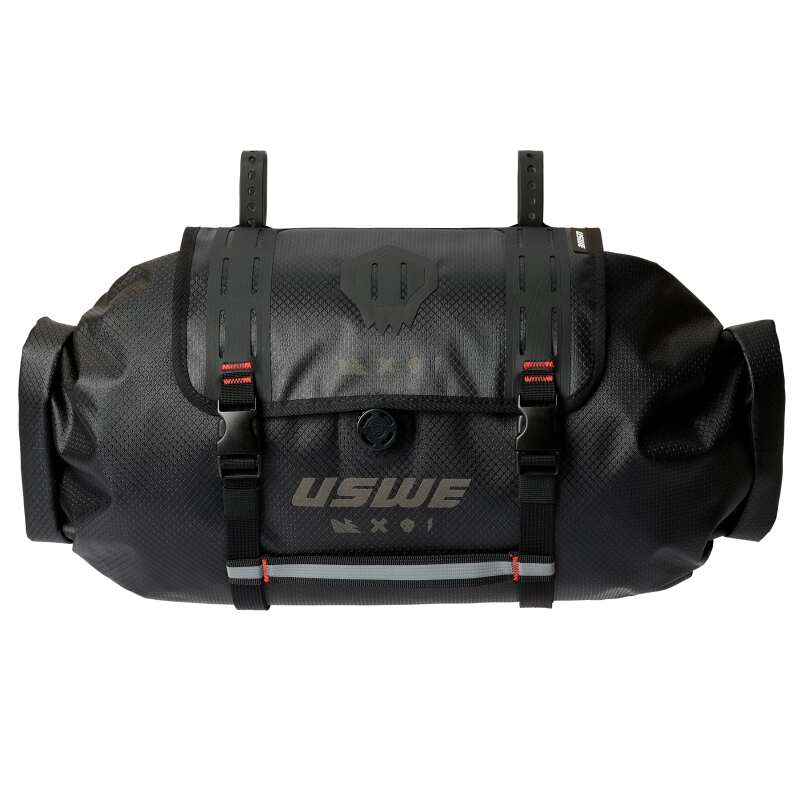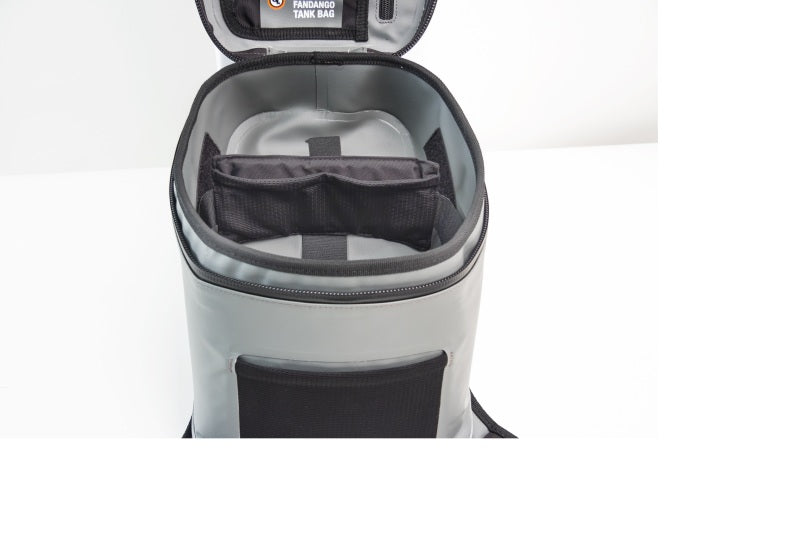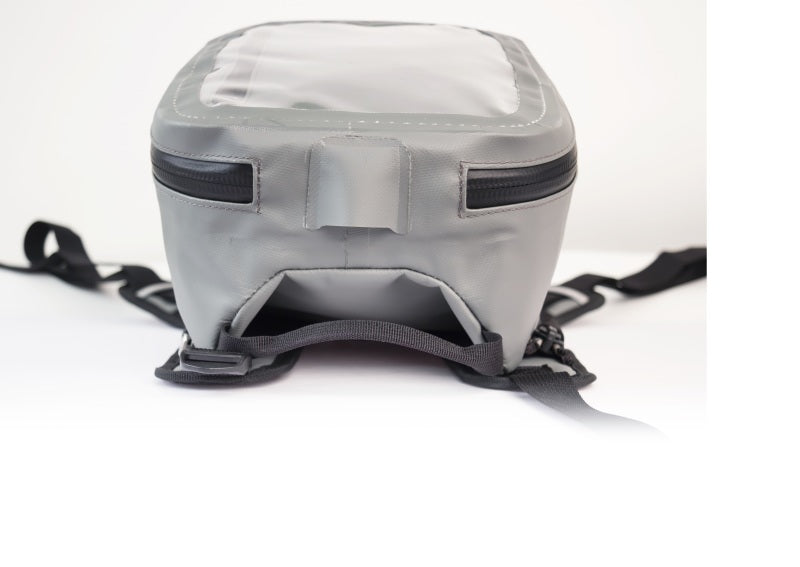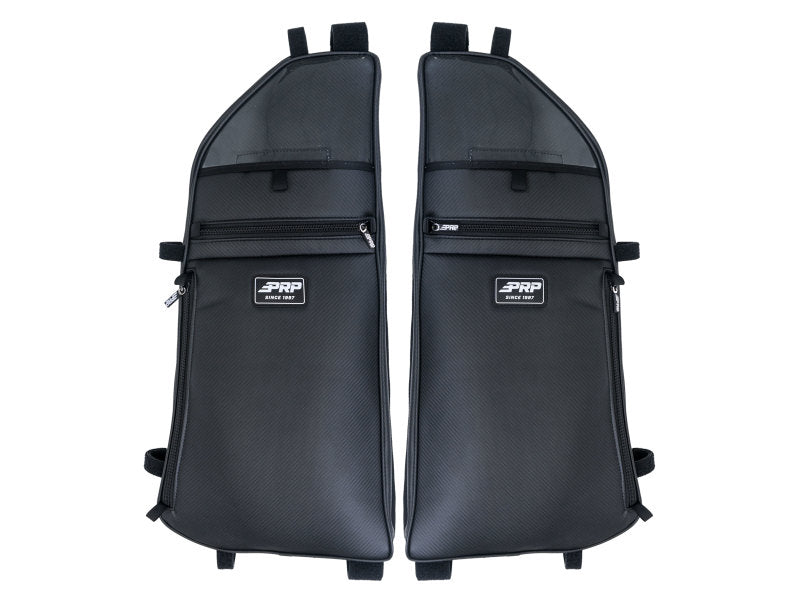Brake pads usually wear out after 25,000 to 70,000 miles, based on how you drive and what the pads are made of. You’ll know they need changing when you hear a high squeal (meaning pads are thin) or grinding sounds (pads are gone), or feel shaking in the brake pedal. When checking your pads, make sure they're thicker than two quarters put together. You might need new rotors when you change pads, especially if you see deep marks or lots of rust on them. Your brakes wear faster if you drive in the city with lots of stopping, but last longer on highways. Getting your brakes checked by a mechanic and watching for these signs helps you avoid big repair bills and keeps your brakes working well. Taking good care of your brakes helps keep your car safe and running longer.
Key Takeaways
- Replace brake pads when thickness reaches 1/8 inch or makes high-pitched squealing noises during braking.
- Warped rotors cause steering wheel vibration or pedal pulsation and require immediate inspection or replacement.
- Check for deep scratches, heavy rust, or uneven wear on rotors during visual inspections.
- Front brake pads typically wear faster than rear ones and should be checked more frequently.
- Replace both pads and rotors together when significant wear occurs for optimal braking performance.
Common Signs of Brake Wear
Signs of worn brakes are key warning signals that help keep you safe and save money on repairs.
Listen for two main sounds: a high-pitched squeal tells you brake pads are getting thin (about as thick as a nickel), while a harsh grinding means the pads are completely worn out and metal is scraping metal.
You might feel shaking in the brake pedal or steering wheel when brakes need work - this often means the rotors are warped or pads are wearing unevenly.
You can also look through your wheel spokes to check brake pad thickness. If you see less than the width of two stacked quarters of pad material left, you need new ones right away.
Watch for deep scratches on rotor surfaces and spots where pads have worn down more in some areas than others.
Your stop distance will increase when brake pads wear down, requiring you to brake earlier to safely stop your vehicle.
Installing professional-grade components ensures maximum stopping power and reliability for your vehicle's brake system.
Fixing these problems quickly helps avoid bigger damage and keeps your brakes working their best.
Understanding Brake Pad Lifespan
Brake pads wear out at different speeds based on how you drive, what they're made of, and your car type.
Most brake pads work well for 25,000 to 70,000 miles. Ceramic brake pads last longest, up to 70,000 miles, while metal-mix pads usually go for about 50,000 miles.
Regular maintenance helps extend brake pad life through timely inspections and repairs.
To make your brake pads last longer, brake smoothly instead of slamming them, keep your car light by removing extra stuff, and change your brake fluid when needed.
The front brake pads usually wear out faster than the back ones because most of the stopping power comes from the front.
Check your brakes often to see how thick the pads are and look for signs of wear, especially in sports cars where brakes work extra hard.
Just like quality oil filters protect your engine, good brake pads are essential for safe vehicle operation.
When to Replace Rotors
Brake rotors, like brake pads, need regular checks to keep your brakes working well. You can spot when rotors need replacement by watching for common warning signs. Bad rotors can make your car unsafe and hurt your ability to stop quickly.
Look out for these rotor problems:
- Loud grinding sounds when you brake, which means worn-out pads are scraping against damaged rotors
- Shaking in your brake pedal or steering wheel as you stop, which often means bent rotors
- Deep scratches, lines, or heavy rust on the rotor surface
While you can spot these signs yourself, having a mechanic check your rotors gives you the most accurate picture. Regular inspections help prevent expensive repairs and enhance your vehicle's safety.
If you need new rotors, put them in at the same time as new brake pads - this helps your brakes work better and last longer. Quality suspension components can help reduce wear on your brake system and extend the life of your rotors.
Urban Vs Highway Driving Impact
City and highway driving affect brake parts differently.
Wind deflectors and guards can provide extra protection for your vehicle while driving in any conditions.
In city driving, the constant stopping and starting in traffic puts heavy strain on brakes, making them heat up and wear down faster. Regular inspections are crucial since routine brake monitoring helps optimize performance. Drivers need to use their brakes much more often, which wears out both the brake pads and discs quickly.
On highways, brakes last longer because cars maintain steady speeds and don't need to stop as much.
Still, things like how heavy the car is, how someone drives, and weather conditions affect how quickly brakes wear out in both settings.
In cities, quick starts and stops in heavy traffic make brakes work harder.
To help brakes last longer anywhere you drive, keep a good distance from other cars and use your engine to slow down when possible.
Regular Brake System Inspections
Regular checks of your car's brakes help prevent breakdowns and save money. Most experts say to check brakes twice a year or every 12,000 miles, but check them more often if you drive in cities, on rough roads, or pull heavy loads.
Watch out for these warning signs:
- Squeaking or screeching sounds
- Shaking when you brake
- Brake pedal feels different than usual
Try to get your brakes checked when you rotate your tires - this makes car care easier. Keep notes about what the mechanic finds each time, so you can spot brake problems early.
Getting your brakes checked does more than keep you safe. It helps parts last longer and makes your brakes work better.
When mechanics spot small problems early, they can fix them before they turn into big, expensive repairs. This keeps your brakes working well no matter how you drive.
Preventing Excessive Brake Damage
Keeping your brakes in good shape takes a complete plan that mixes smart driving, upkeep, and basic care. You can stop brake overheating by driving smoothly and taking care of brake parts, which means checking fluid levels and brake pads often.
|
Warning Sign |
What To Do |
|
Squealing Sounds |
Look at brake pads |
|
Grinding Noises |
Check rotors |
|
Brake Vibration |
Look for warping |
|
Car Takes Longer to Stop |
Test how well brakes work |
|
Warning Lights |
Get brakes checked |
To keep your brakes working well, use your gears to slow down, avoid hard braking, and keep your wheels lined up right. Check your brake pads often (replace them when they get thinner than ¼ inch) and look at your rotors to catch problems early. Using good-quality parts when fixing brakes and fixing problems quickly stops bigger damage to your whole brake system.
Cost-Effective Brake Maintenance
Your brakes can stay in good shape without spending too much money if you make smart choices. Fixing them yourself can save you a lot - brake pads cost $35-150 for parts, while shops charge $80-120 per side just for the work.
Mobile mechanics are another money-saving option, as they come to you and have lower costs than repair shops.
- Put in new brake pads and rotors at the same time to keep your brakes working well and wearing evenly.
- Look for rebuilt parts instead of new ones - you can save 30-50% on the cost.
- Watch online videos and ask questions on car forums to learn how to fix brakes properly yourself.
Checking your brakes often stops small problems from turning into big, expensive ones, and driving smoothly helps parts last longer.
Get prices from different shops and watch for package deals to save money.
Choosing Quality Brake Components
Picking good brake parts comes down to five key things: what they're made of, how thick they are, whether they fit your car, how well they work, and if they can handle your driving conditions. When looking at brake parts, pick materials that can handle heat well and last long. New brake pads should be about 3/8 inch thick, and you need to change them when they wear down to 1/8 inch. The metal discs (rotors) need to be thick enough to meet your car maker's rules and must stand up to high heat. Make sure all parts have proper safety stamps and come with good warranties. Getting brakes put in by skilled mechanics is important since the right fit means better stopping power. Check your brakes often to see if the discs need to be smoothed out or replaced. To make your brakes last longer, pick parts that match both your car's needs and how you use it.
Safe Driving Habits Matter
Your driving style greatly affects how well your brakes work and how long they last, even if you have good-quality parts. When you drive smoothly and stay alert to traffic, your brakes will work better and last longer. Smart driving helps reduce brake wear while keeping you safe.
- Slow down gently by watching traffic flow, keeping enough space between cars, and looking far ahead at road conditions.
- Let your engine help slow you down when stopping, which puts less stress on brake pads and rotors.
- In heavy traffic, keep your foot ready above the brake pedal and control your speed smoothly.
When you combine these driving habits with regular brake checks, you'll get the best performance and longer life from your brakes.
Expert Brake Care Tips
Brake care basics start with knowing warning signs and keeping up with proper maintenance to keep your brakes working safely. Mechanics stress watching out for brake sounds, checking parts regularly, and following maintenance steps to stop problems before they start.
Good brake care means checking brake fluid levels, looking at how thick the rotors are, and seeing how worn the brake pads are during regular checkups.
When fixing brakes, smooth down the rotors when putting in new brake pads to make sure they work well together. To make brakes last longer, check out any squealing noises right away and look into shaking in the brake pedal or steering wheel.
Sometimes you need to replace many brake parts at once if they're worn out - this helps keep your brakes working well and saves money over time.
Frequently Asked Questions
Can I Replace Brake Pads Without Replacing the Rotors?
You can replace brake pads without changing rotors, but you need to check the rotors carefully first. Look at how thick they are, check if they're worn down unevenly, and make sure they're not bent or warped. Car experts say it's best to look at these things before putting on new pads alone.
What's the Difference Between Ceramic and Metallic Brake Pads?
Ceramic and metal brake pads work differently on your car. Ceramic pads run quietly and leave less dirty powder on your wheels, while metal pads grab harder to stop your car faster but make more squeaking sounds.
Is It Safe to Drive With Squealing Brakes?
Noisy brakes might not put you in danger right away, but if you keep driving while they squeal, your brakes could become unsafe and break down. Get them checked by a mechanic soon.
Do Weather Conditions Affect Brake Pad Performance?
Weather can make your brakes work better or worse due to rain, hot or cold days, and slippery roads. To keep brakes working well, check brake fluid often, pick good brake pads, and drive more carefully when weather turns bad.
Should I Replace Brake Pads on All Wheels Simultaneously?
Changing all brake pads at once helps your car stop smoothly and evenly, even though front brakes wear out faster than rear ones. Getting them all done together saves money in the long run by cutting down on repair visits and avoiding brake problems that can spread through the system.
Conclusion
Proper brake maintenance remains essential for vehicle safety and longevity. Regular inspections, timely component replacement, and understanding wear patterns guarantee optimal braking performance. Quality replacement parts from Gexhaust, coupled with appropriate driving habits, extend brake system lifespan and reduce long-term costs. Following manufacturer-specified maintenance intervals and addressing early warning signs prevents costly repairs and maintains reliable stopping power under diverse driving conditions. Contact us for expert advice on brake maintenance and repairs.





